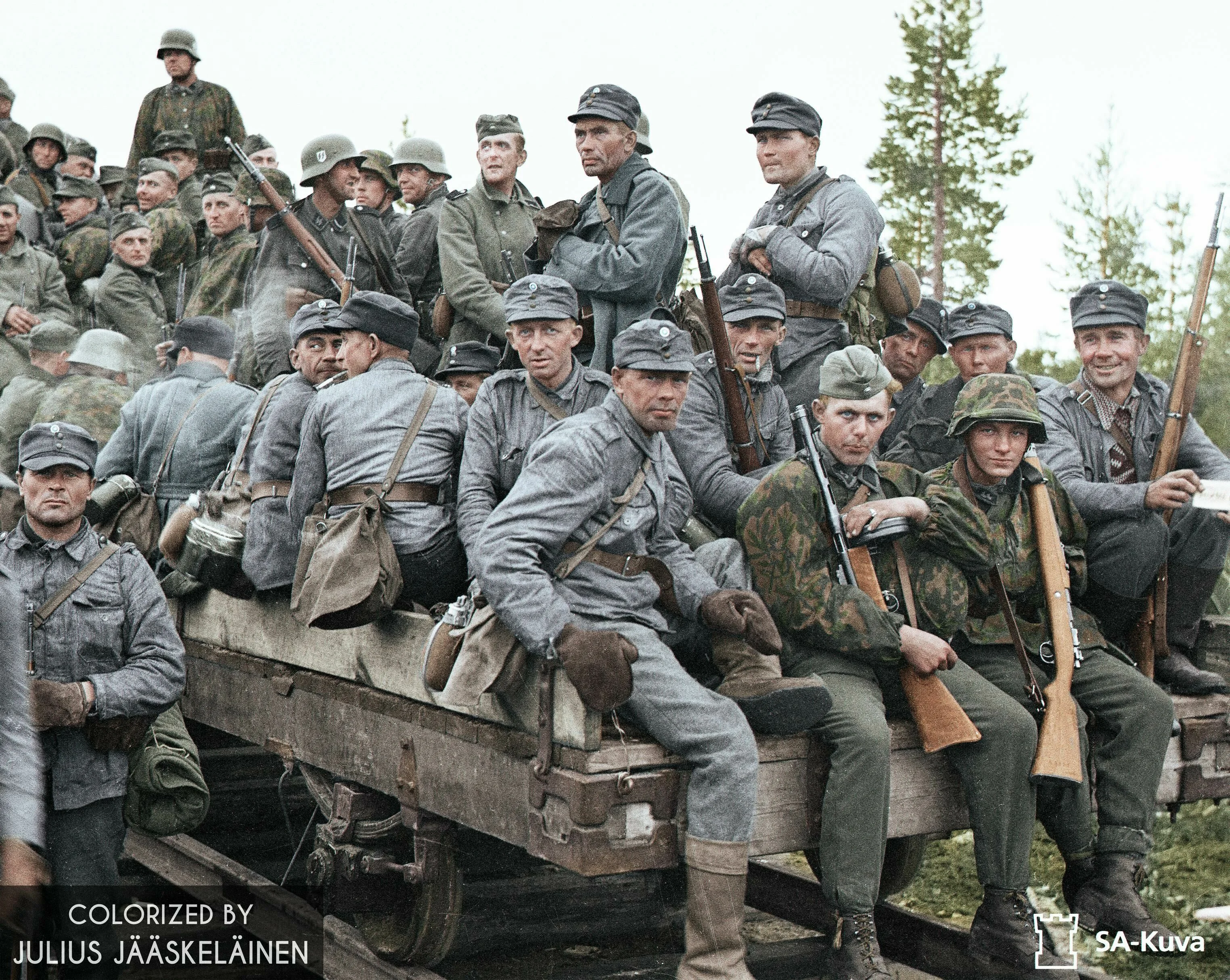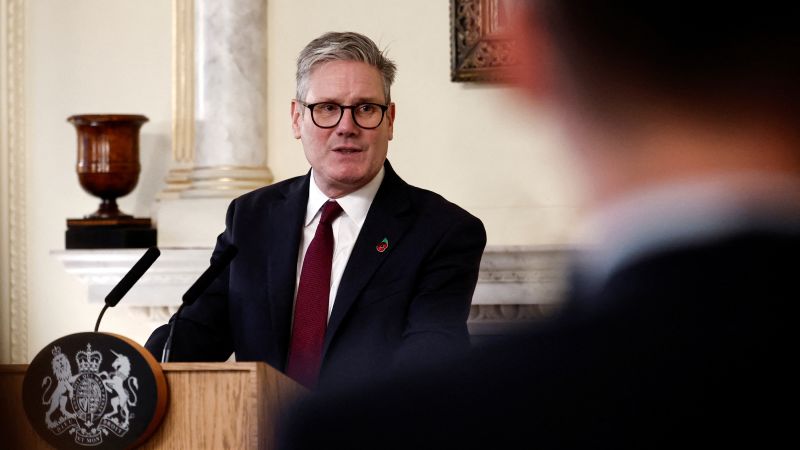The Pan-Nordic Military Concept: Assessing Swedish Tank Divisions And Finnish Infantry

Table of Contents
Swedish Tank Divisions: Strengths and Weaknesses
Sweden's armored warfare capabilities are a significant element of any potential Pan-Nordic Military Concept. Let's examine both their strengths and areas needing improvement.
Strengths of Swedish Armored Warfare:
Sweden has invested significantly in modernizing its tank divisions. This modernization includes a focus on advanced weaponry and digitalization, enhancing their combat effectiveness. High levels of training, emphasizing realistic combat simulations, ensure their personnel are highly skilled and prepared for modern warfare. Furthermore, Sweden maintains significant strategic reserves of tanks and armored vehicles, providing a substantial potential force multiplier.
- Stridsvagn 122 Main Battle Tank capabilities: These modern tanks represent a considerable offensive and defensive asset, incorporating advanced fire control systems and protection.
- Integration of advanced communication systems: Seamless communication is crucial in modern warfare, and Sweden's investment in this area enhances coordination and situational awareness.
- Effective logistical support network: A well-functioning logistical support network is vital for maintaining operational readiness, and Sweden possesses a robust system capable of supporting sustained operations.
Challenges Facing Swedish Tank Divisions:
Despite their strengths, Swedish tank divisions face certain challenges. Budget constraints have led to discussions on future tank procurement and a need to carefully balance personnel needs with financial realities. Dependence on foreign suppliers for certain components creates vulnerability to supply chain disruptions, a concern highlighted by recent geopolitical events. Finally, increased interoperability with NATO standards and other Nordic forces is essential for seamless integration within a Pan-Nordic Military Concept.
- Discussions on future tank procurement: Decisions about future investments in armored vehicles will significantly impact the long-term capabilities of the Swedish army.
- The importance of joint exercises with allies: Regular joint exercises are crucial for building interoperability and trust between different military forces.
- Modernization of anti-tank capabilities within the Swedish army: Continuous modernization is necessary to counter evolving threats and maintain a technological advantage.
Finnish Infantry: A Highly Skilled and Versatile Force
Finnish infantry are renowned for their high level of training and adaptability. Their contribution to a Pan-Nordic defense strategy is substantial.
Finnish Infantry Doctrine and Training:
Finnish infantry doctrine emphasizes light infantry tactics and maneuver warfare, making them highly effective in diverse terrains. Their extensive experience operating in challenging terrain and conditions, coupled with a strong emphasis on marksmanship and individual soldier skills, makes them a formidable force.
- Use of advanced sniper units: Finnish snipers are highly skilled and play a crucial role in reconnaissance and precision strikes.
- Extensive use of reserve forces: Finland's effective reserve system allows for rapid mobilization and augmentation of active forces.
- Proven effectiveness in asymmetric warfare scenarios: Finland's experience with asymmetric warfare provides valuable expertise relevant to a range of modern threats.
Equipment and Modernization in the Finnish Army:
The Finnish army focuses on light weapons and mobility, making them adaptable to different operational environments. Investments in advanced communication and surveillance systems enhance situational awareness and battlefield coordination. Furthermore, the integration of new technologies continues to improve operational effectiveness.
- Modernization of small arms and support weapons: Keeping weaponry up-to-date is essential to maintaining combat effectiveness.
- Development of unmanned aerial vehicle capabilities: Drones provide valuable reconnaissance and surveillance assets.
- Investment in robust cyber defense systems: Cybersecurity is paramount in modern warfare, and Finland is investing heavily in this area.
Potential Synergies within a Pan-Nordic Military Concept
The integration of Swedish and Finnish forces within a Pan-Nordic Military Concept presents significant opportunities for enhancing regional security.
Combined Arms Operations:
Joint exercises and cooperation between Swedish armored units and Finnish infantry would allow for the development of sophisticated combined arms operations. Swedish tanks could provide fire support and breakthrough capabilities, while Finnish infantry could conduct maneuver warfare and exploit weaknesses created by armored assaults.
Regional Defense Strategy:
The strengths of both forces are highly complementary. Swedish armored divisions provide heavy firepower and breakthrough capabilities, while Finnish infantry offer flexibility and adaptability in challenging terrains. Combining these capabilities creates a robust defense strategy capable of deterring potential threats.
Challenges to Integration:
Addressing logistical and doctrinal differences between the two militaries will be crucial for effective integration. This involves developing shared training programs, standardizing equipment and procedures, and creating a common operational doctrine within the framework of the Pan-Nordic Military Concept.
- Shared training programs and exercises: Regular joint training will foster interoperability and build mutual understanding.
- Standardization of equipment and procedures: Standardization simplifies logistics and improves coordination during operations.
- Development of a common operational doctrine: A unified doctrine ensures seamless integration and effective combined arms operations.
Conclusion:
The Pan-Nordic Military Concept holds significant potential for enhancing regional security. The strengths of the Swedish tank divisions and the Finnish infantry, while distinct, are highly complementary. By addressing the challenges of integration and focusing on combined arms operations and joint training, the Nordic nations can create a more robust and effective defense force. Further research and analysis of the Pan-Nordic Military Concept are crucial to maximizing the potential synergy between these vital military components. Continued exploration of a strengthened Pan-Nordic Military Concept, with particular attention to the integration of Swedish and Finnish forces, will be essential in ensuring the region’s future security.

Featured Posts
-
 Enhanced Security Collaboration China And Indonesia Forge Closer Links
Apr 22, 2025
Enhanced Security Collaboration China And Indonesia Forge Closer Links
Apr 22, 2025 -
 Conclave 2023 Evaluating Pope Franciss Impact On The Church
Apr 22, 2025
Conclave 2023 Evaluating Pope Franciss Impact On The Church
Apr 22, 2025 -
 A Timeline Of Karen Reads Murder Case Proceedings
Apr 22, 2025
A Timeline Of Karen Reads Murder Case Proceedings
Apr 22, 2025 -
 Anchor Brewing Companys Closure 127 Years Of Brewing History Concludes
Apr 22, 2025
Anchor Brewing Companys Closure 127 Years Of Brewing History Concludes
Apr 22, 2025 -
 Pope Francis Dead At 88 Following Pneumonia Battle
Apr 22, 2025
Pope Francis Dead At 88 Following Pneumonia Battle
Apr 22, 2025
